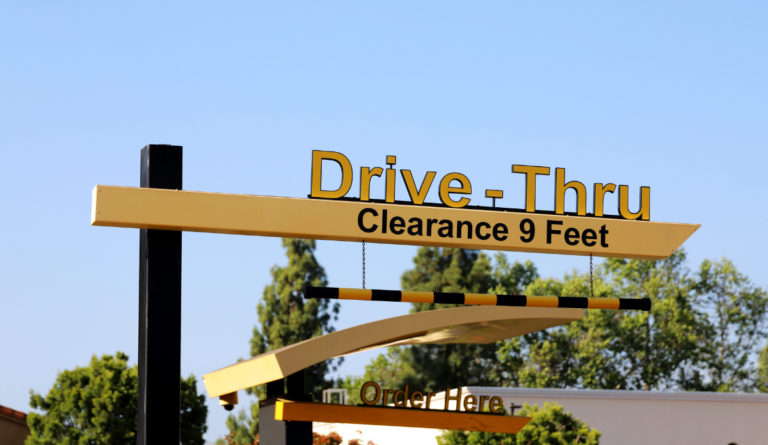Climate on the Menu
Marking items on fast food menus with positive and negative climate impact labels may be an effective way to reduce red-meat consumption.

Read Time: 3 minutes
Published:
Calling all meat-eaters: what would convince you to stop eating burgers and steak?
Meat and dairy production accounts for 14.5% of global greenhouse gas emissions. Beef is the worst offender, accounting for roughly two-thirds of those emissions. While plant-based diets are often promoted to lower our carbon footprint, most of us will continue to consume meat as a dietary staple. Even if you don’t become a vegetarian, an effective way to cut the emissions you produce through your diet choices is to simply eat less red meat.
Julia Wolfson and colleagues examined whether incorporating sustainability labels on fast food menus would lead to food choices that result in less CO2 emissions, like veggie burgers, chicken, or fish.
The researchers gave each study participant a fast-food menu and asked them to select one entree to order for dinner. They were randomly assigned to see one of three menus: a menu with green positive-climate impact labels on non-red meat items (such as chicken, fish, or vegetarian options), a menu with red negative-climate impact labels on red meat, or a control menu with QR code labels for all items.
Producing the patties on a McDouble accounts for 5.4 pounds of CO2 emissions while the same sized chicken burger produces 1.4 pounds.
Both positive and negative climate impact labels encouraged sustainable food choices compared to the control menu. The negative climate impact labels on red meat items were the most effective. Participants who saw these negative red labels were 23% more likely to choose a sustainable non-red meat item, while those who saw the positive-climate impact green labels were 10% more likely to do so.
On average, Americans consume more meat than any other country and come second only to Argentina in their consumption of red meat. Roughly 7 times the greenhouse gases are released into the atmosphere for every gram of protein of beef produced compared to each gram of chicken. For example, producing the patties on a McDouble accounts for 5.4 pounds of CO2 emissions while the same sized chicken burger produces 1.4 pounds. The difference is starker when comparing beef to tofu. The soy-based protein produces 12.5 times fewer emissions than beef; a soy-based burger would produce only 0.4 pounds of CO2 emissions.
As the global population increases, there is a struggle between the need to feed a growing number of people and decreasing global emissions to slow the pace of climate change. Swapping beef out of our diets in favor of chicken, fish, or vegetarian options would allow the world to produce more food and protein while limiting the associated production of greenhouse gases.
Restaurants are used to nudging their customers towards certain items with specials or waiter recommendations. Sustainability labeling follows the same playbook, nudging customers toward more climate-friendly meal choices.
Positive and negative sustainability labels have been implemented in dining halls and on restaurant menus, but Wolfson’s research is the first to focus on fast food restaurants. Fast food chains and drive-thrus are important places to encourage environmentally sustainable dietary choices.
On a typical day, more than one-third of Americans will walk into or drive up to a fast-food restaurant and decide what to order. Positive and negative climate labeling can drive diners’ decision-making process at the point of sale, potentially becoming an effective way to lower red-meat consumption.
Photo via Getty Images



